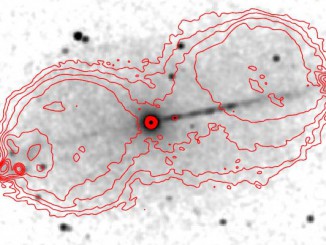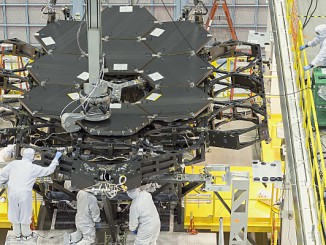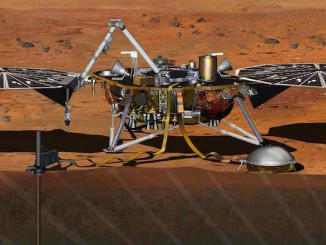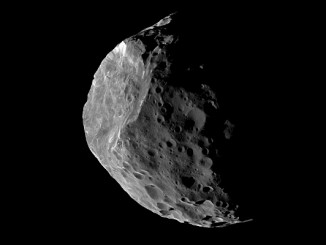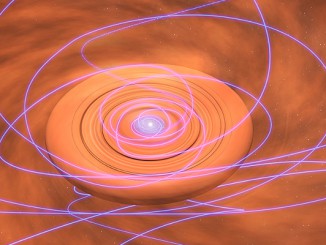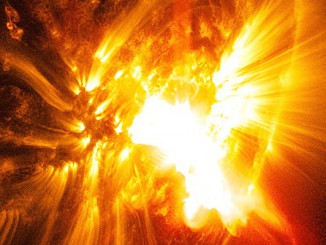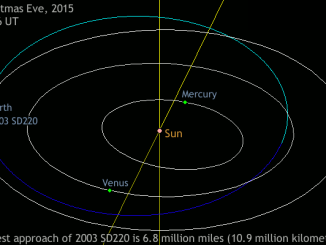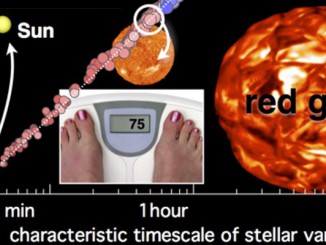
Measuring the pull of gravity at the surface of distant stars
An international team of researchers have found a new way to measure the pull of gravity at the surface of a star. The new method allows scientists to measure surface gravity with an accuracy of about four percent, for stars too distant and too faint to apply current techniques. For remote stars with planets orbiting them, this information is key in determining whether any of those planets can harbour life.

